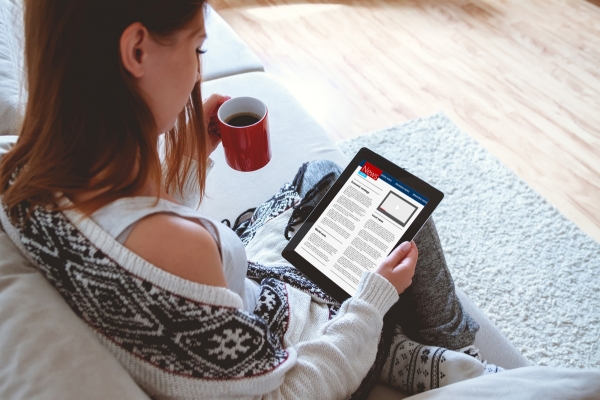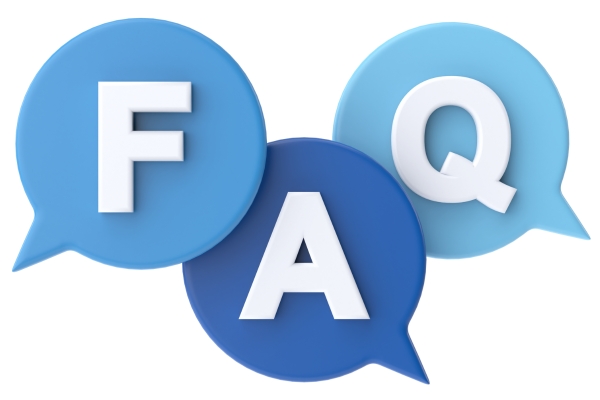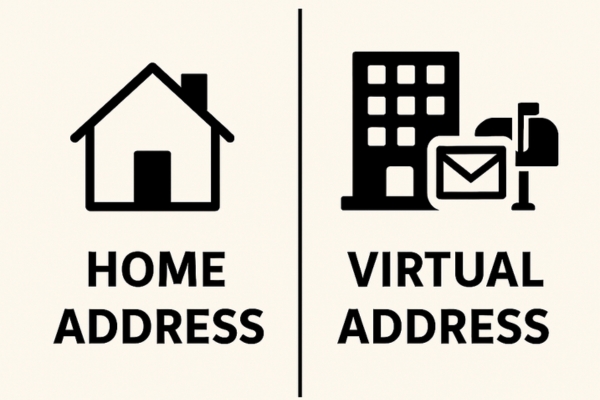If you’re a local business owner trying to stand out online, content marketing is your secret weapon—but only if it feels real. Forget the corporate-speak. When your content actually connects with your community, you build trust, drive foot traffic, and get people talking about your brand.
Let’s break it down — here are 7 essential ways to create local content your neighbors (and Google) will love. No fluff, just clear and doable ideas you can start using today.
1. Know Your Community Like a Local

Before you create anything, you need to understand who you’re talking to—and not in a generic “target audience” way.
Start by asking:
- What do people actually care about in your area? It could be school fundraisers, rainy season deals, or weekend market schedules.
- Where do they spend time online? Maybe they’re active in a Facebook group, follow a local Instagram page, or chat on a Viber thread.
Keep an eye on what’s trending in your area—tools like Quora and Reddit can help you uncover recurring questions and local chatter that your content can answer.
Take note of the questions customers ask you directly. If someone in-store asks about delivery schedules during typhoon season, that’s content waiting to be written—maybe even as a quick blog update.
2. Turn Local Moments Into Meaningful Content

You don’t need fancy words or viral videos to connect with people. You just need to be real—share what’s happening behind the counter, not just what’s on sale.
Here’s how to turn everyday moments into community-focused content:
- Feature a returning customer and how you’ve helped them.
- Share how your staff prepared for a local festival or charity drive.
- Post a behind-the-scenes look at your kitchen on a busy Friday night—even the spills and mess count.
You can share these stories across your blog, socials, or newsletter—it doesn’t need to be perfect, just real. Even a short blog post with a few pictures adds depth to your online presence and builds emotional connection.
3. Use Local Keywords (Without Sounding Weird)

This isn’t about stuffing “Chicago” into every sentence—it’s about talking the way your customers search.
Here’s how to naturally optimize your content:
Not sure what people are typing in Google? Start typing a question into search and see what auto-completes. Ubersuggest is another simple tool that gives you keyword ideas, especially for local terms.
4. Show Up Where Locals Are Looking
Creating content is just one side of the coin—the other is distribution. If your content lives only on your site, you’re missing half your audience.
Instead, amplify it:
- Post snippets of your blog or story to your Facebook or Instagram feed.
- Share updates on your Google Business Profile (they show up right in search results!).
- Drop short promos or community updates into your email list.
Even better—set up a system that keeps your posts going even when you’re busy. Some business owners use tools like GoHighLevel to schedule posts and automate follow-ups, so they stay visible without needing to log in every day.
5. Repurpose What You Already Have

You don’t need to keep creating from scratch. One strong piece of content can fuel multiple channels with just a few tweaks.
Here’s what repurposing looks like:
- Turn your blog post into a quick Instagram carousel.
- Record a short video version of a popular FAQ.
- Break a long guide into smaller tips for your email newsletter.
This approach not only saves time, it helps reinforce your message and builds SEO through internal linking (like referencing your blog in a social caption). It also makes your content easier to digest—perfect for busy locals skimming on mobile.
6. Let Your Community Be Part of It
People love seeing themselves featured—it builds trust and shows you’re listening.
- Ask customers to tag you in posts.
- Run a local photo contest: “Show us how you use our product in your daily routine!”
- Highlight local shoutouts in your newsletter or website blog.
It makes your community feel seen and valued—and gives you fresh content without doing all the work yourself.
7. Keep It Consistent, Not Complicated

One of the biggest content mistakes? Posting once… then disappearing.
Many small teams use automation tools to handle this in the background. Platforms like GoHighLevel can streamline posting, email follow-ups, and even reminders for reviews—without eating your whole day.
Common Local Marketing Mistakes to Avoid
Before we wrap up, here are a few common traps local businesses fall into—skip these, and you’re already ahead:
- Sounding too formal. Ditch the stiff language—your audience wants to hear from you, not a robot.
- Inconsistent posting. One post every month is better than five in a row followed by silence.
- Selling all the time. Constant promos turn people off—mix in stories, tips, and genuine updates.
- Forgetting local SEO basics. A few natural mentions of your city or neighborhood make a big difference.
Keep It Local. Keep It Real.
Local content marketing isn’t about perfection—it’s about showing up consistently and staying true to who you are. Talk to your audience like a neighbor, not a brand.
Whether it’s sharing a behind-the-scenes moment, answering a common question, or highlighting a customer win, it’s the small, real touches that build lasting trust.
You don’t need fancy tools or big strategies to create impact—you just need to care, show up, and speak your community’s language.
You’ve got this.
Frequently Asked Questions

Yes—when done right, it builds trust and visibility in your neighborhood. It’s one of the most cost-effective ways to attract loyal, local customers.
By creating hyper-local content that speaks directly to your community’s needs. Big brands can’t match that personal connection.
Start with customer stories, FAQs, and posts about local events or behind-the-scenes moments. These feel authentic and are easy to create.
Even once or twice a month can make a difference—as long as you’re consistent. A simple schedule beats a random post here and there.
Social media is great for quick updates, but a blog helps you rank on Google and control your message. Both work best when used together.
Track engagement, clicks, and local traffic using tools like Google Analytics or Facebook Insights. Watch what gets shared, clicked, or asked about most.



